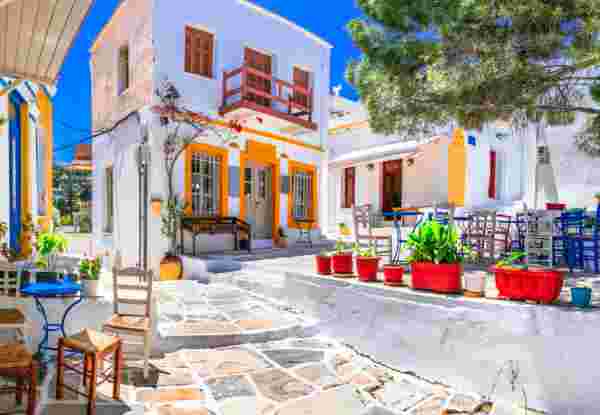Cape Tainaron: A journey at the end of all land

I had been there before, when I had the great chance to show this place to some of our guests, but this time was especially memorable because the idea came out of the blue. My previous visit was also memorable, as it took place during summer and our guests and children had enjoyed particularly the beautiful shores and seawaters and the delicious fresh seafood.
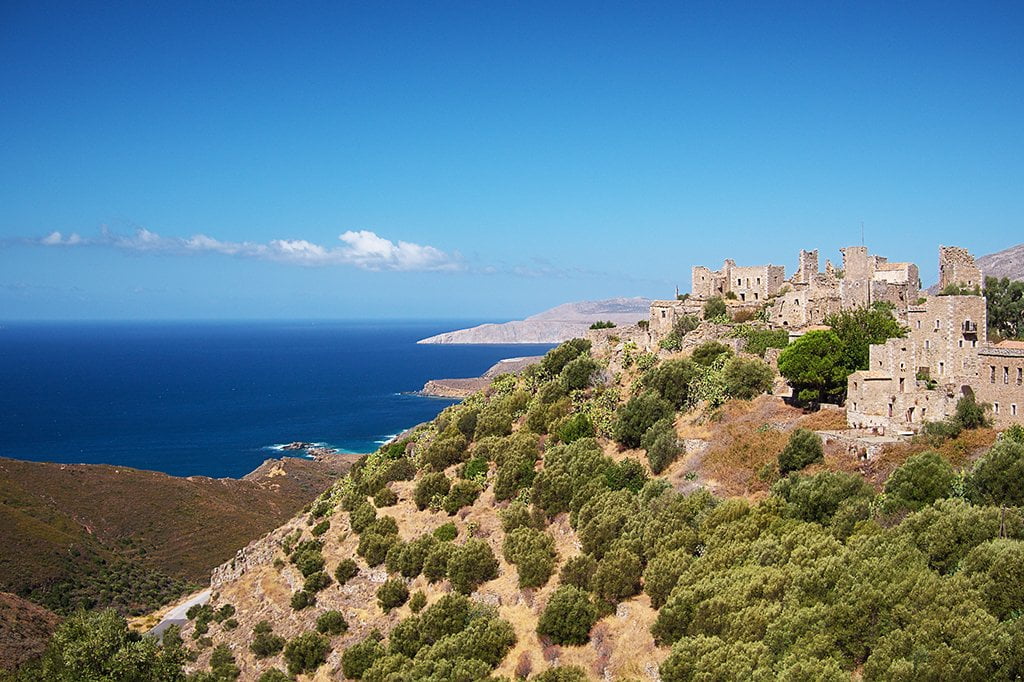
Vatheia Village Photo Credit: Oleg
Cape Tainaron: off the beaten track and so special
Cape Tainaron or Cape Matapan is located at the southernmost point of the Peloponnese, i.e. of mainland Greece, and it’s a place of immense beauty. There is only one access route, winding and passing through the famous Mani picturesque villages and tower-houses, built with locally quarried stone, a practice that has been observed for thousands of years. Here the landscape is so spectacular: stone and earth run the show, low vegetation and naked mountains rising above the blue sea, offering breathtaking views at the end of all land – a rocky region, wild and unspoiled, a beauty to behold.
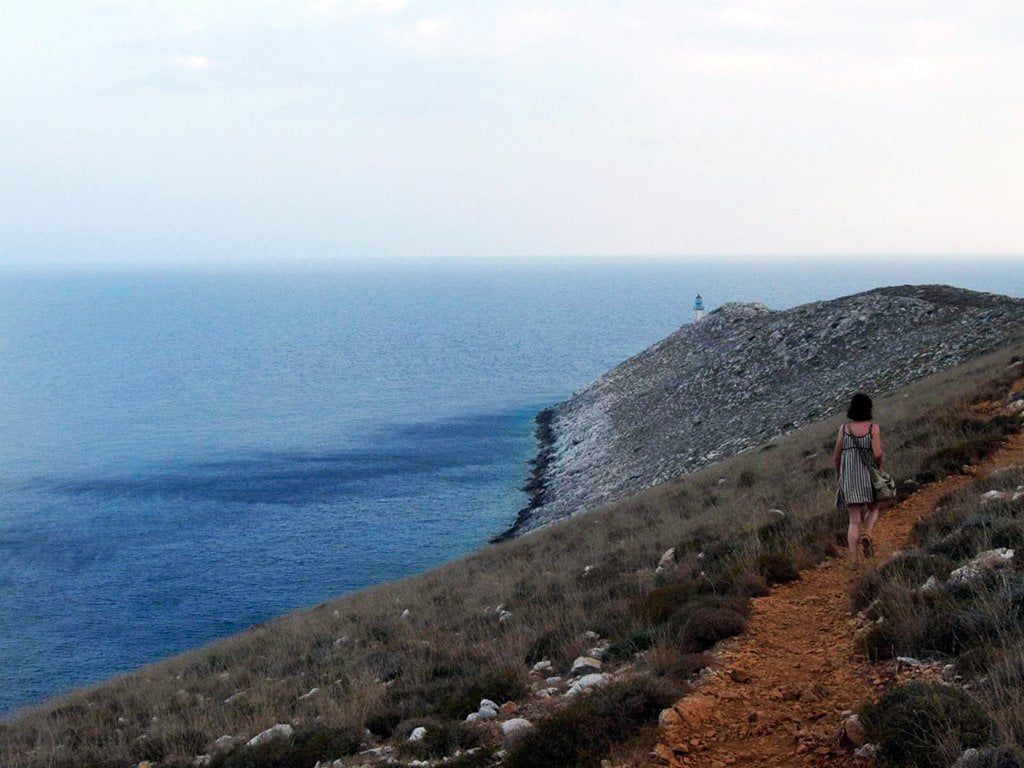
Cape Tainaron Photo Credit: Franco Pecchio
Aside the dazzling scenery, Tainaron is also well-known from antiquity for two more reasons. First, it was the location of worship for the cult of the sea-god Poseidon Tainarios. Broadly speaking, not a very unusual landscape for the Lord of the Seas, who was often worshipped on promontories (like Cape Sounion near Athens) and on sites important to sailors, usually outside the cities. Second, it was Tainaron the Oracle of the Dead, the house of Hades, one of the most important entrances to the Underworld –and this was very exceptional.
Communicating with the Dead
The ancient Greeks believed in life beyond this world – the Underworld, the realm ruled by Hades and his famous wife Persephone, where only the dead could go. They also believed that they could see, hear and eventually communicate with the dead. But to do so, i.e. to call up a ghost, they had to go to a place specifically dedicated to such strange things, an oracle of the dead. Performances of necromancy and rites of evocation are described in many literary sources, myths and Greek tragedies including prophecies, incubation (substance-assisted sleep) and lucid dreaming.
Thus, Cape Tainaron is among those very unusual sites where one witnesses a “cave-like temple” or, it might be better to say, a “temple-like cave” became the venue of stories and events that grew a fascination about this world and life beyond. At the tip of this promontory Hercules killed Cerberus, the three-headed hound of Hades, with his bow, while Arion, the finest singer of his time was rescued when a dolphin carried him ashore.
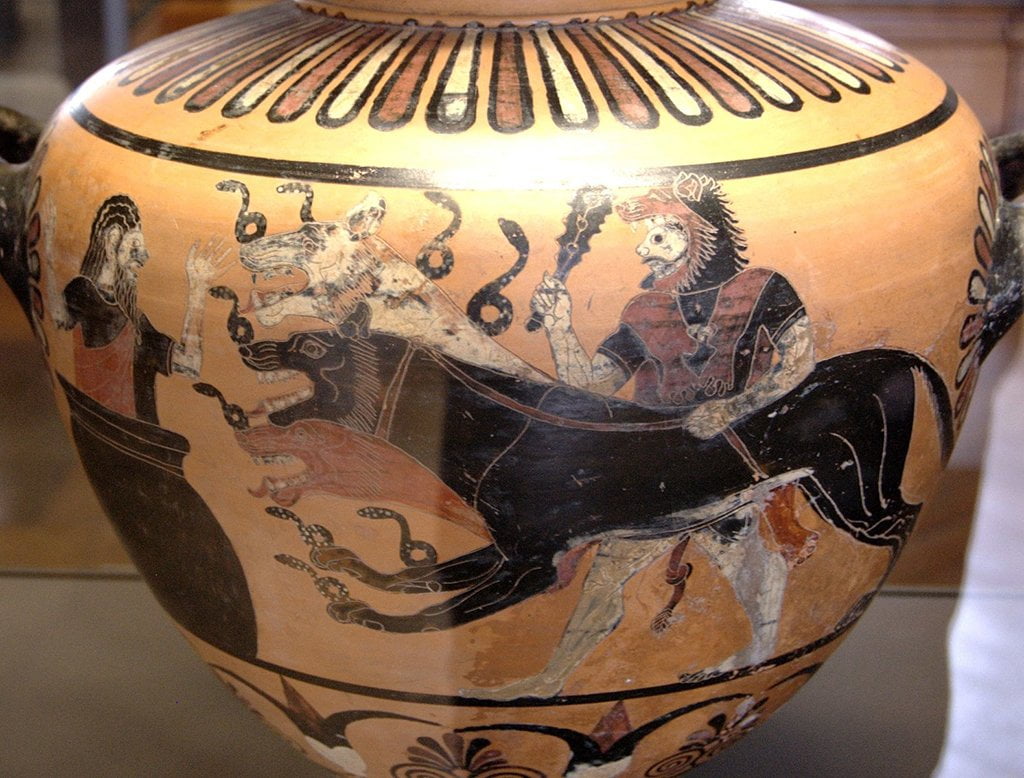
Hydria depicting Herakles, Cerberus, and Eurystheus (Louvre) Photo Credit: Lucas
“He [Hercules] left his palace to free the world of savage monsters [….]many toils he has accomplished, and last of all has he passed through the mouth of Taenarus into the halls of Hades to drag to the light that hound with three bodies, and from there he has never returned”
(Euripides, Hercules, 20-25, 424 BCE)
Today, there is just a small cave chamber with pillars and the scars of the cuts located near the coast. At the top of the hill a small Early Christian church stands atop the remains of Poseidon’s temple where dozens of bronze votives were found buried.
On this last visit, I walked down the hill with my friends while thinking that almost nothing exists to remind of the ancient brilliant festivals, where dances and games were performed on the beach, nor the glamorous shrine where the “the Dead can be seen”. I decided to stand for a while half-way up the hill before getting into the car. I took in the view which stretches for miles – and thousands of years –, considering ancient Greek spirituality and the limits between life and death. At the end of land, Tainaron is such a puzzling place!
On the way back I recalled Aeschylus’ famous description of the Persian Queen Atossa evocating the ghost of her dead husband King Darius after the Persian defeat at the “dreadful” Battle of Salamis in 480 BCE.
“Now in my case everything seems full of dread; […] such is my consternation at the evil tidings which terrify my soul. It is for this reason that I have come here […]and bring, as propitiatory libations for the father of my son, offerings that soothe the dead, both white milk, pleasant to drink, from an unblemished cow, and bright honey, distillation wrought from blossoms by the bee, together with lustral water from a virgin spring […] But come, my friends, chant solemn songs as I make these libations to the dead, and summon forth the divine spirit of Darius, while I convey, in honor of the gods, these offerings for the earth to drink.”
(Aeschylus, The Persians, 600-620, 472 BCE)
Links
Cerberus : https://en.wikipedia.org/wiki/Cerberus
Arion : http://demonax.info/doku.php?id=text:arion_poems
Author: Nota Karamaouna (Archaeologist and Licensed Guide)
Feeling Ready?
From our blog
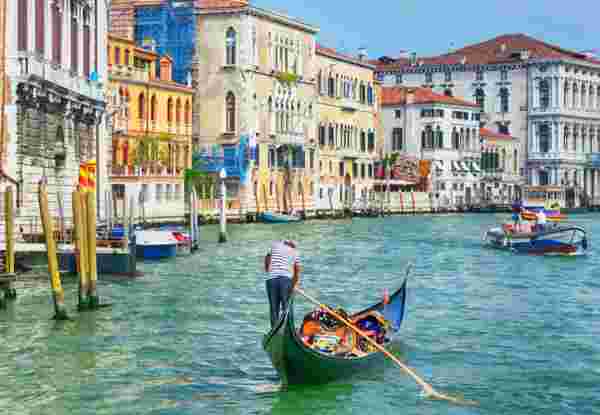
Exploring Venice and Its Canals
READ MORE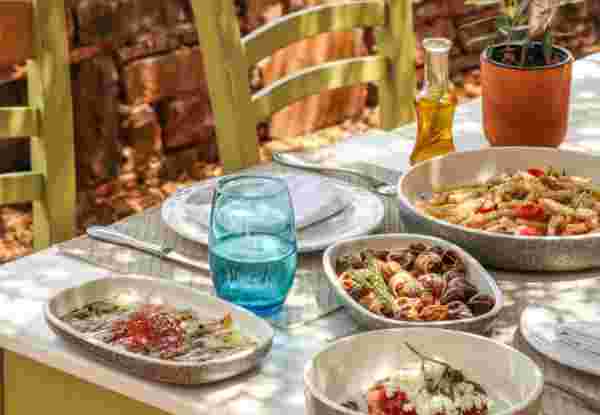
Crete for Seniors: A Complete Guide
READ MORE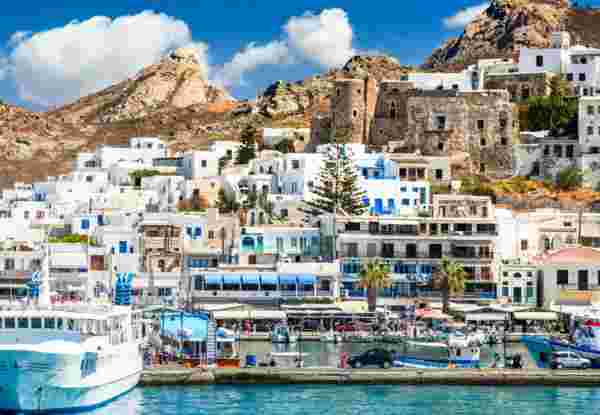
How to Explore Naxos for Seniors
READ MORE
Why Visit Santorini with Kids: A Fun Family Guide
READ MORE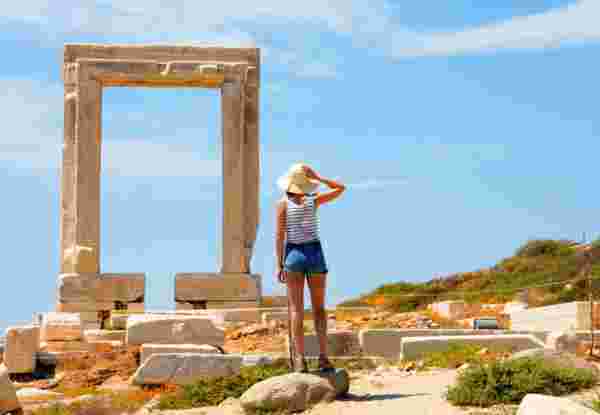
Honeymoon in Naxos: A Complete Guide
READ MORE
Visiting Athens with Kids: A helpful Guide
READ MORE
Paros for Seniors: Tips and Itinerary
READ MORE
Best Resorts in Greece for Families: Your Ultimate 2025 Guide
READ MORE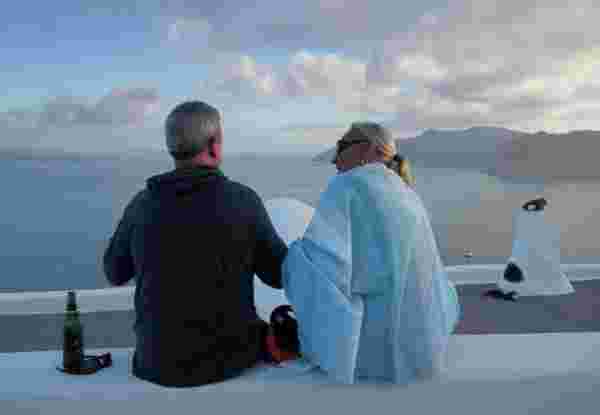
How to Enjoy Santorini for Seniors
READ MORE